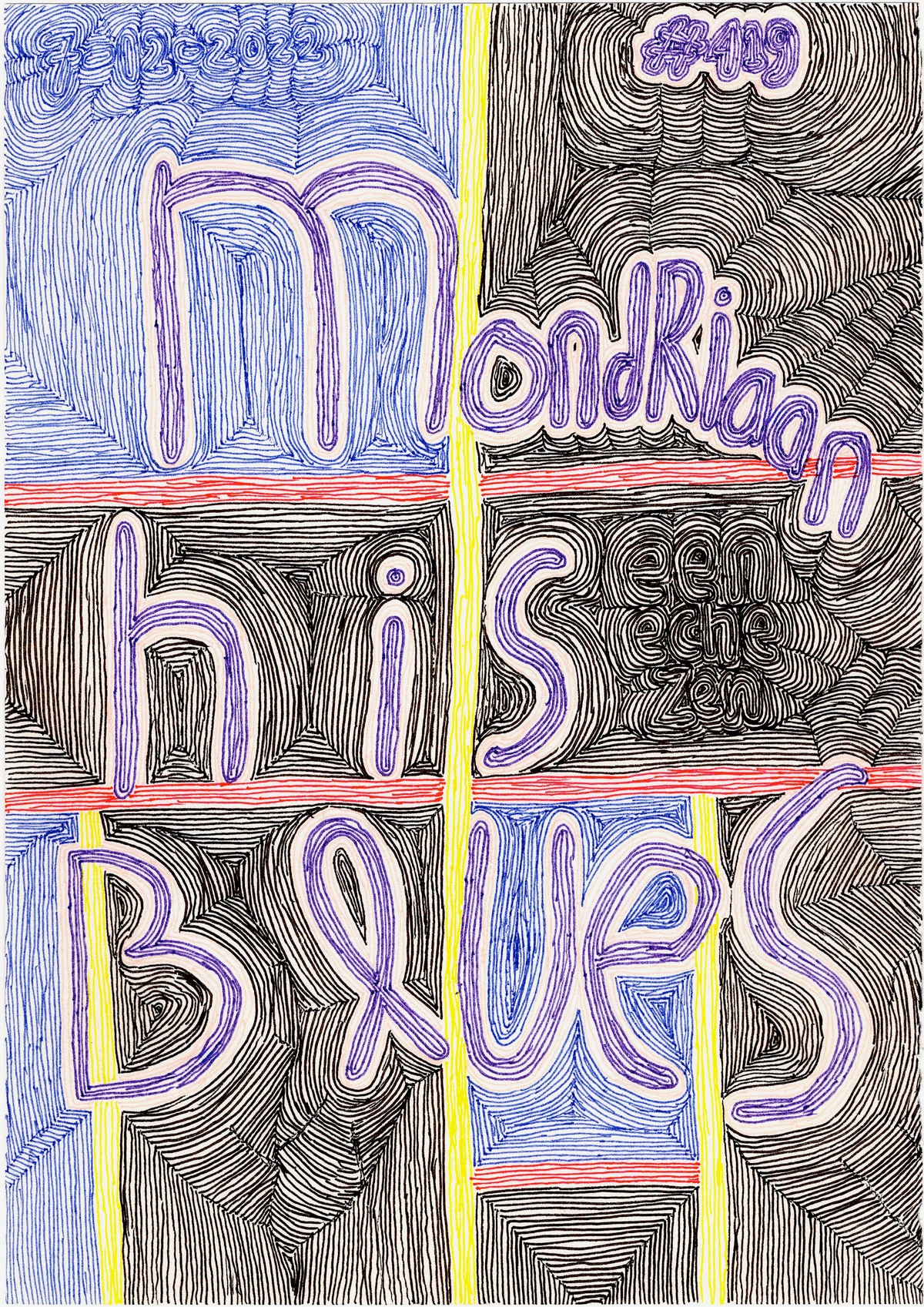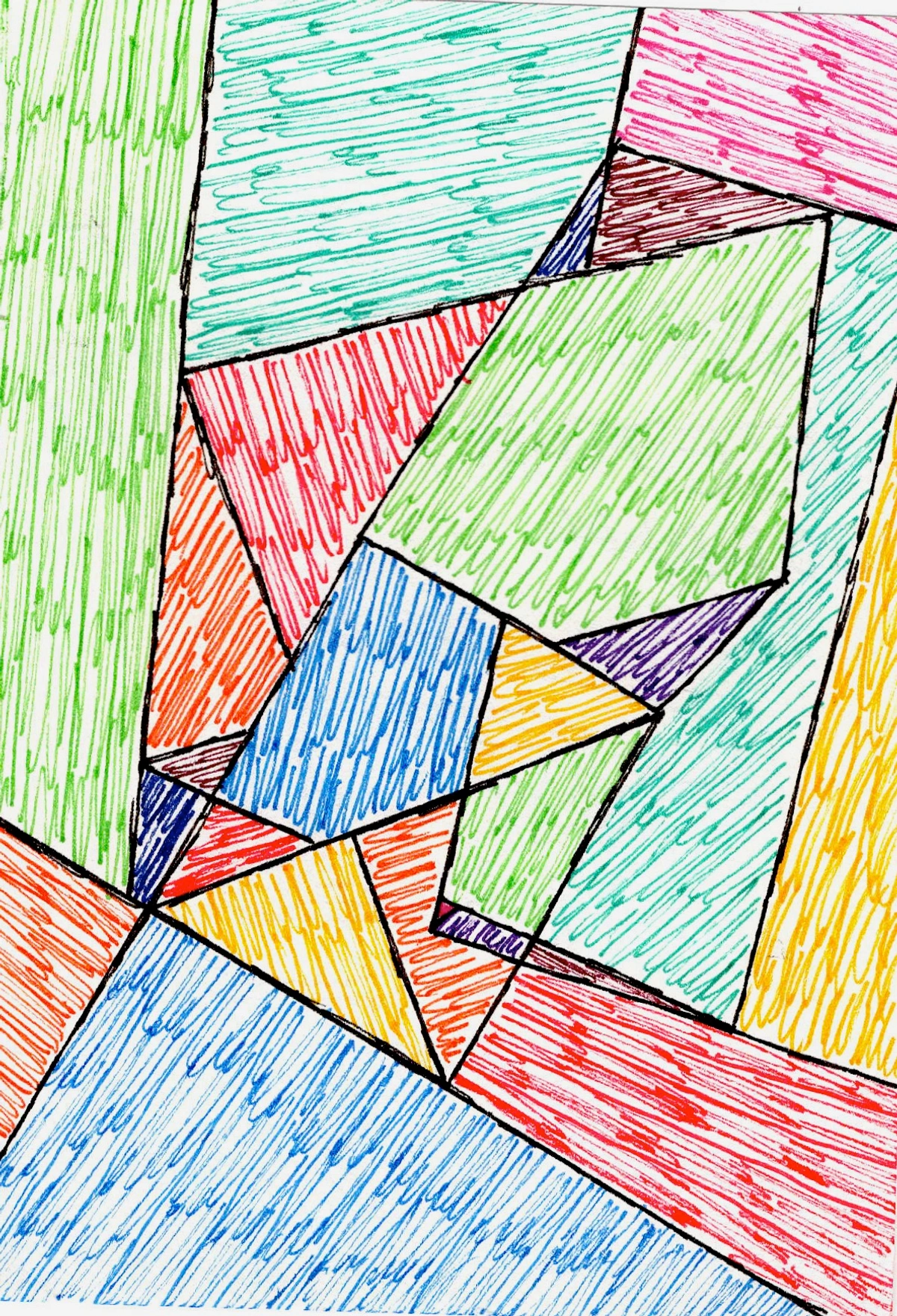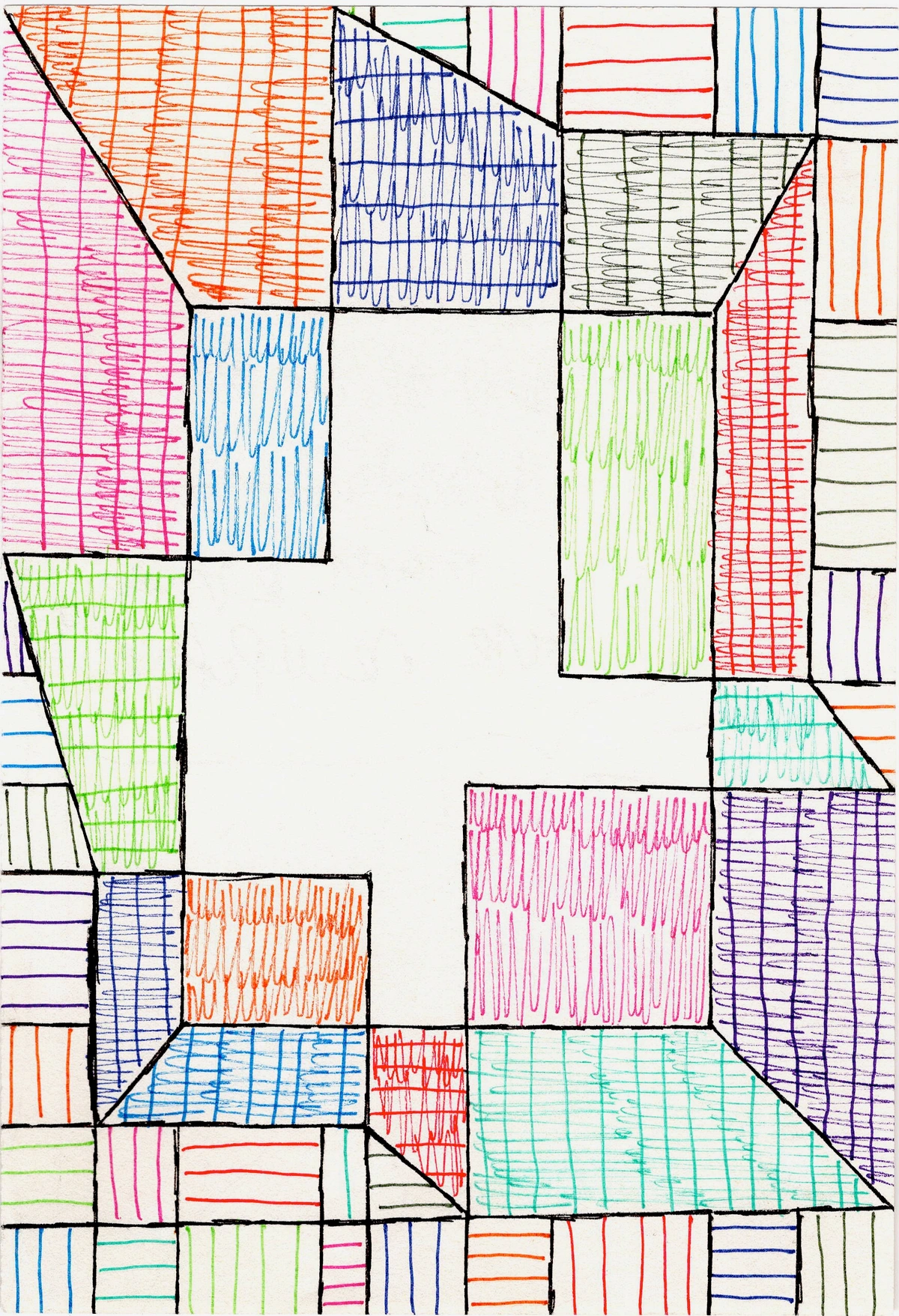
The Comprehensive History of Digital Art: From Pixels to NFTs
Explore the fascinating evolution of digital art, from its early algorithmic roots and computer graphics to the revolutionary impact of NFTs. Discover key milestones, influential artists, and how technology transformed artistic expression.
The Comprehensive History of Digital Art: From Pixels to NFTs
Digital art, a dynamic and ever-evolving field, has fundamentally reshaped the landscape of contemporary artistic expression. Far from a mere technical tool, digital media has become an intrinsic part of the creative process, offering artists unprecedented avenues for exploration and innovation. This article delves into the transformative journey of digital art, tracing its origins from nascent algorithmic experiments to its current state, where blockchain technology and non-fungible tokens (NFTs) present new paradigms for creation and ownership.
Genesis: Algorithmic Beginnings and Early Computer Graphics (1950s-1960s)
The seeds of digital art were sown in the mid-20th century, a period marked by the advent of the computer and its initial applications beyond scientific and military domains. Pioneers in this era began to explore the artistic potential of these machines, using them to generate abstract patterns and compositions. Artists such as A. Michael Noll and Frieder Nake, working independently, employed early mainframe computers to create algorithmic art, where mathematical rules translated into visual outputs. Vera Molnár, often considered a pioneer of computer and algorithmic arts, experimented with random programs to generate geometric forms, demonstrating an early synthesis of logic and aesthetics. These initial forays were characterized by a spirit of experimentation, pushing the boundaries of what was then conceivable for artistic creation. The visual language often leaned towards geometric abstraction, a theme that resonates deeply with many contemporary abstract art movements.

The Rise of the Electronic Image: Video Art and Personal Computing (1970s-1980s)
The 1970s and 1980s witnessed significant technological advancements that further propelled digital art into the mainstream. The introduction of more accessible computing power and specialized graphics hardware opened new possibilities. Video art, originating in the 1960s but gaining prominence in this period, embraced electronic media as a primary artistic medium. Artists like Nam June Paik, often considered the "father of video art," integrated televisions and video cameras into sculptures and installations, exploring the manipulation of electronic images. Concurrently, the proliferation of personal computers in the 1980s democratized access to digital tools. Graphics software, though rudimentary by today's standards, allowed artists to create and manipulate images digitally, paving the way for a generation to explore new forms of expression beyond traditional mediums. This period also saw the emergence of early interactive art, where the viewer's participation became an integral part of the artwork.
The Digital Revolution and Internet Art (1990s-Early 2000s)
The widespread adoption of the internet in the 1990s marked a pivotal moment, transforming digital art into a globally connected phenomenon. Net art emerged as a distinct genre, with artists creating works specifically for the internet, often exploring themes of connectivity, data, and digital identity. Pioneers like Olia Lialina created interactive narratives and web-based installations that questioned traditional art viewership. Software such as Adobe Photoshop became ubiquitous, enabling digital manipulation to become a common artistic practice. Artists began to leverage digital photography and generative art more extensively. The internet also provided artists with direct channels to showcase their work, bypassing traditional gallery structures. The artist behind this very platform also began their journey around this time, exploring new avenues for creative expression in an increasingly digital world, a path detailed further in their timeline.

Immersive Worlds: Interactive and Experiential Digital Art (2000s-2010s)
The turn of the millennium brought an increased focus on immersive and interactive experiences. Advances in computing power allowed for more sophisticated virtual reality (VR) and augmented reality (AR) explorations, offering viewers new ways to engage with art. Large-scale digital installations, often incorporating projection mapping, sensors, and real-time data, became prominent features in galleries and public spaces. Artists like Olafur Eliasson, known for his large-scale installations that manipulate light, air, and water, have also embraced digital elements to create multisensory environments that challenge perception, an approach that some might find echoes earlier Op Art movements in its manipulation of visual perception. This era blurred the lines between art, technology, and viewer participation, creating truly experiential artworks.
The Blockchain Era: NFTs and the Future of Digital Ownership (2010s-Present)
The most recent chapter in the history of digital art is profoundly shaped by blockchain technology and non-fungible tokens (NFTs). Emerging in the late 2010s, NFTs have revolutionized the concept of ownership and provenance for digital assets. By providing a verifiable digital certificate of authenticity and ownership, NFTs have enabled artists to monetize their digital creations in unprecedented ways, fostering a thriving market for crypto art. This development has sparked vigorous debates about value, scarcity, and the democratization of the art world. For many artists creating unique digital works, or even converting traditional works into digital forms, NFTs represent a significant shift, offering a new framework for intellectual property and financial exchange. It also raises questions about the future of collecting, a fascinating prospect for those interested in abstract art movements in the digital age. This evolution continues to influence artists, including those who create contemporary pieces that are then available as art prints and paintings, discoverable for those looking to buy unique works.

Key Characteristics and Debates in Digital Art
Digital art, throughout its history, has consistently provoked discussions concerning its nature, value, and integration within the broader art historical canon.
- Ephemeral vs. Permanent: While early digital works faced challenges of obsolescence due to rapidly changing technology, contemporary efforts focus on archiving and preserving digital heritage.
- Authenticity and Reproduction: The ease of digital reproduction challenges traditional notions of originality. NFTs, in part, emerged as a response to this, providing a unique identifier for digital scarcity.
- Accessibility and Global Reach: The internet has made digital art globally accessible, democratizing viewership and creation, although debates persist about digital divides.
- Interactivity and Participation: Many forms of digital art invite direct engagement from the audience, shifting the role of the viewer from passive observer to active participant.
The Artist's Perspective on Digital Evolution
The journey of digital art reflects a broader narrative of artistic adaptability and innovation. For artists working today, whether their medium is purely digital or more traditional, the influence of digital aesthetics and tools is undeniable. The precision, generative capabilities, and vibrant possibilities inherent in digital creation have opened new frontiers for abstract and geometric compositions. The contemporary art scene, as explored at institutions such as the Den Bosch Museum, often features works that bridge the physical and digital realms, showcasing how these technologies continue to inspire and evolve artistic practice.
Frequently Asked Questions (FAQ)
What is digital art?
Digital art is a general term for art created using digital technology. This can include images, animations, sculptures, installations, and interactive experiences produced or presented with computers, software, and electronic devices.
When did digital art start?
The origins of digital art can be traced back to the mid-20th century, specifically the 1950s and 1960s, with early experiments in computer graphics and algorithmic art by pioneers like A. Michael Noll and Vera Molnár.
Is digital art considered "real" art?
Yes, digital art is widely recognized and exhibited in major art institutions and galleries worldwide. The debate over its legitimacy has largely subsided as its complexity, artistic intent, and cultural impact have become undeniable.
What are NFTs in digital art?
NFTs (Non-Fungible Tokens) are unique digital certificates stored on a blockchain that verify ownership of a digital asset, such as a piece of digital art. They allow for verifiable scarcity and provenance for digital creations, enabling artists to sell and buyers to own unique digital artworks.
Conclusion
The history of digital art is a testament to humanity's enduring quest for creative expression, continually adapting to and harnessing new technologies. From the geometric abstractions of early computer graphics to the immersive worlds of VR and the revolutionary concept of NFTs, digital art has consistently pushed boundaries, challenged conventions, and redefined what art can be. Its future promises even greater integration with emerging technologies, ensuring its place at the forefront of artistic innovation.




